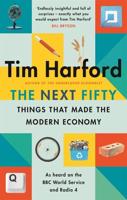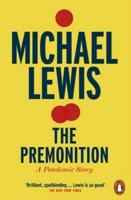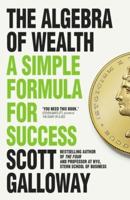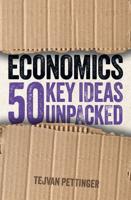Publisher's Synopsis
These original contributions by leading economists in the decision sciences show how the interactions between these disciplines can enrich them all.These original contributions by leading economists in the decision sciences - operations research, game theory, econometrics, and mathematical economics - show how the interactions between these disciplines can enrich them all. In Part I, "Game Theory and Mathematical Economics," Robert Aumann illuminates the ideas that underlie a series of major contributions in game theory during the last two decades, and Paul Champsaur provides a synthesis on information exchange, incentives, and general equilibrium. Werner Hildenbrand retraces the evolution of mathematical economies, Bernard Cornet discusses the existence of equilibria under increasing returns, Roger Guesnerie writes on first-best allocation in economies with nonconvex production sets, and John Roberts expands recent work on nonmarket-clearing equilibria.In Part II, "Operations Research," Thomas Magnanti surveys twenty years of mathematical programming. John Mitchell and Michael Todd deal with the new interior point-methods in linear programming; Michael Ball, Wei-guo Liu, and William Pulleyblank analyze two terminal Steiner tree polyhedra, and Olivier Janssens de Bisthoven and Etienne Loute describe an algorithm and implementation of large-scale linear programs with special structures.In Part III, "Econometrics," Adrian Pagan surveys and evaluates the evolution of the field from 1966 to 1986. David Hendry and Jean-François Richard describe recent developments in the theory of encompassing, while Anton Barten proposes a levels version of the Rotterdam and related demand systems. Jean-Pierre Florens and Michel Mouchart address Bayesian specification tests, and Peter Kooinian examines a cross section of business survey reports to estimate average excess supply on goods and labor markets. Pierre Malgrange concludes with a method for analyzing the underlying theoretical structure of dynamic macroeconomic models.










